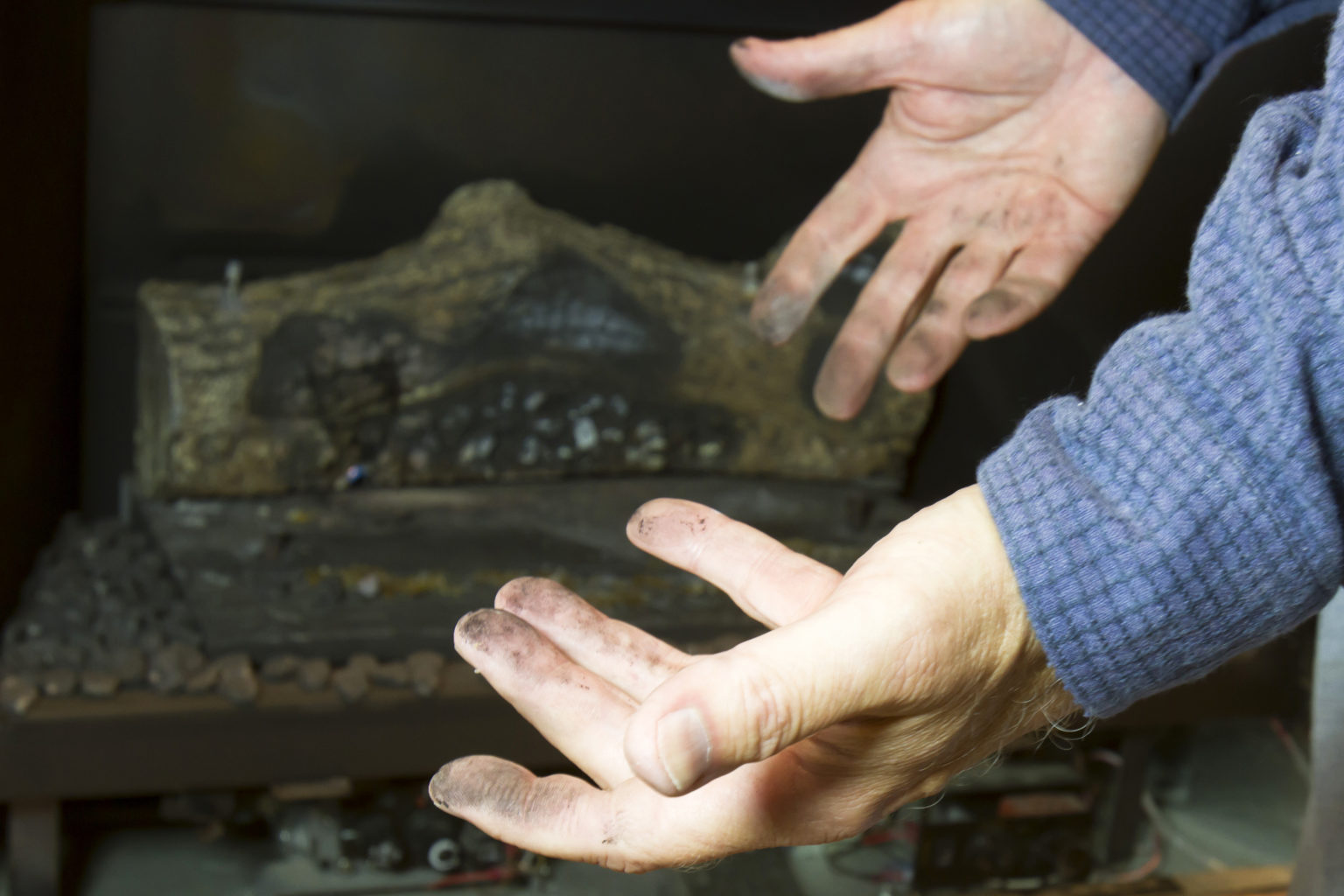

Articles
How To Clean The Gas Logs Of Your Fireplace
Modified: February 28, 2024
Learn how to clean gas logs for your fireplace with our informative articles. Achieve a sparkling and efficient fireplace with our step-by-step guide.
(Many of the links in this article redirect to a specific reviewed product. Your purchase of these products through affiliate links helps to generate commission for Storables.com, at no extra cost. Learn more)
Introduction
Having a gas log fireplace is a wonderful addition to any home. Not only does it provide warmth and coziness during the colder months, but it also adds a touch of elegance to the room. However, like any other component of the house, gas logs require regular cleaning and maintenance to keep them working efficiently and looking their best.
In this article, we will guide you through the step-by-step process of cleaning gas logs for your fireplace. By following these instructions, you can ensure that your gas logs are clean, safe, and in optimal working condition.
Before we dive into the cleaning process, it’s important to note that gas log fireplaces vary in design and functionality. Therefore, it’s always a good idea to consult the manufacturer’s instructions or seek professional advice if you are unsure about any specific cleaning recommendations for your particular model.
Now, let’s get started with cleaning your gas logs and fireplace!
Key Takeaways:
- Regular cleaning and maintenance of gas logs and fireplace is crucial for safety, efficiency, and longevity. Follow the step-by-step guide to ensure a clean, safe, and visually appealing fireplace.
- Gather necessary supplies, shut off gas supply, remove and clean gas logs, inspect fireplace components, and reassemble carefully. Enjoy a cozy, efficient, and safe heating experience for years to come.
Read more: How To Install Gas Logs In Fireplace
Step 1: Gather the necessary supplies
Before you begin cleaning your gas logs, it’s important to gather all the necessary supplies. This will ensure that you have everything you need on hand and save you time during the cleaning process. Here are the supplies you will need:
- A soft-bristle brush or a toothbrush
- A vacuum cleaner with a brush attachment
- A bucket of warm water
- Mild dish soap
- A microfiber cloth or a soft cloth
- Rubber gloves
- Optional: gas log cleaner or glass cleaner
Once you have gathered all the supplies, you are ready to move on to the next step.
Step 2: Shut off the gas supply
Prior to cleaning your gas logs, it is crucial to ensure that the gas supply is completely shut off. This step is essential for your safety as well as for the effectiveness of the cleaning process. Here’s how to shut off the gas supply:
- Locate the gas valve: The gas valve is typically located near your fireplace or in the basement.
- Turn off the gas supply: Rotate the valve clockwise until it is fully closed. This should cut off the gas flow to your fireplace.
- Verify the gas supply is off: Double-check by turning on the fireplace and confirming that the flames go out. If the flames persist, repeat the process or seek professional assistance.
It’s crucial to make sure the gas supply is turned off before proceeding with any cleaning or maintenance tasks. This ensures your safety and avoids any potential accidents.
Once you’ve confirmed that the gas supply is shut off, you can move on to the next step of the cleaning process.
Step 3: Remove the gas logs
With the gas supply turned off, it’s time to remove the gas logs from your fireplace. Removing the logs will give you better access to clean them thoroughly. Follow these steps to remove the gas logs:
- Start with the bottom logs: Begin by removing the bottom logs, as they are usually the easiest to access. Gently lift and remove each log, being careful not to damage any surrounding components.
- Work your way up: Once you have removed the bottom logs, continue removing the logs one by one, working your way up the stack. Take note of how each log is positioned so that you can easily place them back in the correct order later.
- Inspect the logs: As you remove each log, inspect them for any signs of damage or buildup. Pay attention to areas with soot, dirt, or debris.
It’s important to handle the gas logs with care to prevent any breakages or damage. If you encounter any stubborn logs that are difficult to remove, check the manufacturer’s instructions or consult a professional for guidance.
Once all the logs are removed, you can proceed to the next step of cleaning them thoroughly.
Step 4: Clean the gas logs
Now that you have removed the gas logs from your fireplace, it’s time to clean them to remove any dirt, dust, or residue that has accumulated over time. Here’s how to clean the gas logs effectively:
- Inspect the logs: Before cleaning, carefully inspect each log for any signs of damage or deterioration. If you notice any cracks or breaks, it may be necessary to replace the logs.
- Remove loose debris: Use a soft-bristle brush or a toothbrush to gently remove any loose debris from the surface of the logs. Be careful not to scrub too vigorously to avoid damaging the logs.
- Mix a cleaning solution: In a bucket of warm water, add a few drops of mild dish soap. Stir the solution to create a soapy mixture.
- Scrub the logs: Dip the brush into the soapy water and gently scrub each log, paying attention to areas with visible dirt or stains. Use circular motions to loosen and remove the grime.
- Rinse the logs: After scrubbing, rinse the logs with clean water to remove any soap residue. Ensure that all soap is thoroughly rinsed off to prevent any unpleasant smells when the fireplace is in use.
- Dry the logs: Use a clean microfiber cloth or a soft cloth to carefully dry each log. Make sure they are completely dry before placing them back into the fireplace.
If you prefer, you can also use a gas log cleaner or a glass cleaner specifically designed for this purpose. Follow the product instructions carefully when using these cleaners.
Once the logs are clean and dry, you can move on to the next step of cleaning the interior of the fireplace.
To clean gas logs for a fireplace, use a soft brush or vacuum to remove any dust or debris. Then, wipe the logs with a damp cloth and mild soap. Avoid using harsh chemicals or abrasive materials to prevent damage.
Read more: What Is A Gas Log Fireplace
Step 5: Clean the fireplace interior
Now that you have cleaned the gas logs, it’s time to turn your attention to the interior of the fireplace. Cleaning the fireplace interior will not only remove any accumulated debris but also ensure optimal functionality and aesthetics. Follow these steps to clean the fireplace interior:
- Use a vacuum cleaner: Start by using a vacuum cleaner with a brush attachment to remove loose debris, such as ash and soot, from the fireplace floor and walls. This will help make the cleaning process easier and more efficient.
- Inspect for buildup: While vacuuming, keep an eye out for any areas with heavy buildup or stubborn stains. These areas may require further cleaning or specialized treatment.
- Mix a cleaning solution: In a bucket of warm water, add a small amount of mild dish soap. Stir the solution to create a soapy mixture.
- Scrub the interior: Dip a soft-bristle brush or a sponge into the cleaning solution and gently scrub the fireplace walls and floor. Pay close attention to areas with visible grime or stains. Use circular motions to loosen the dirt and make it easier to remove.
- Rinse thoroughly: After scrubbing, rinse the fireplace interior with clean water to remove any soap residue. Ensure that all traces of soap are thoroughly rinsed off.
- Dry the fireplace: Use a clean microfiber cloth or a soft cloth to carefully dry the fireplace interior. This step is important to prevent the growth of mold or mildew.
Remember to take extra caution when cleaning the fireplace interior, as it may contain sharp edges or delicate components. If you encounter any stubborn stains or buildup that cannot be easily removed, consider seeking professional assistance.
Once the fireplace interior is clean and dry, you can proceed to the next step of inspecting the gas logs and fireplace components.
Step 6: Inspect the gas logs and fireplace
After cleaning the gas logs and the interior of the fireplace, it’s important to conduct a thorough inspection to ensure everything is in proper working order. This step will help identify any potential issues that may require maintenance or repairs. Follow these guidelines to inspect the gas logs and fireplace:
- Look for signs of damage: Carefully examine each gas log for any cracks, chips, or other visible damage. If you notice any issues, it’s crucial to address them promptly to prevent further damage and potential safety hazards.
- Check the burner: Inspect the burner to make sure it is clean and free of obstructions. Remove any debris or blockages that may interfere with the functionality of the fireplace.
- Test the pilot light: Turn on the gas supply and ignite the pilot light to ensure it lights up properly. If the pilot light fails to ignite or appears weak, there may be an issue with the gas supply or the igniter. In such cases, it is advisable to contact a professional for assistance.
- Inspect the fireplace components: Check the fireplace doors, screens, and any other accessories for any damage or wear. Make sure they are functioning correctly and securely in place.
During the inspection, if you notice any abnormalities or have concerns about the gas logs or fireplace, it’s best to seek the assistance of a qualified professional. They will be able to provide expert advice and address any potential issues.
Once you have completed the inspection and are satisfied that everything is in good working condition, you can move on to the final step of reassembling the gas logs and turning on the gas supply.
Step 7: Reassemble and turn on the gas supply
Now that you have thoroughly cleaned and inspected the gas logs and fireplace, it’s time to reassemble everything and restore the gas supply. Follow these steps to safely reassemble and turn on the gas supply:
- Replace the gas logs: Carefully place each gas log back into the fireplace, making sure they are positioned in the correct order. Refer to the notes you took during the removal process to ensure proper alignment.
- Secure the logs: Ensure that the gas logs are securely positioned and stable. Adjust them if necessary to create an aesthetically pleasing arrangement.
- Turn on the gas supply: Locate the gas valve near the fireplace and rotate it counterclockwise to open the gas supply. Take care not to force the valve to prevent damage.
- Check for gas leaks: After turning on the gas supply, carefully inspect the connections for any signs of gas leaks. Use soapy water and apply it onto the gas connections, looking for any bubbles that indicate a leak. If you detect a leak, immediately turn off the gas supply and consult a professional technician for assistance.
- Test the fireplace: Once you have verified that there are no gas leaks, turn on the fireplace and check if the flames ignite properly. Monitor the flames to ensure they are steady and evenly distributed across the gas logs.
- Enjoy your clean fireplace: Congratulations! Your gas logs and fireplace are now clean and ready to provide you with warmth and ambiance. Sit back, relax, and enjoy the cozy atmosphere.
Remember to follow all safety protocols and manufacturer’s instructions throughout the reassembling and gas supply restoration process. If you have any doubts or encounter any issues, consult a professional for assistance.
Regular cleaning and maintenance of your gas logs and fireplace will help ensure their longevity and keep them in optimal condition. Make it a part of your routine to clean your gas logs and fireplace at least once a year, or as recommended by the manufacturer or a qualified technician.
By following these steps, you can keep your gas logs clean, safe, and efficient, allowing you to enjoy the warmth and beauty of your fireplace for years to come.
Conclusion
Cleaning gas logs for your fireplace is an essential task that should not be overlooked. Regular maintenance and cleaning not only help to maintain the efficiency and functionality of your gas logs but also ensure a safe and visually appealing fireplace. By following the step-by-step process outlined in this article, you can effectively clean your gas logs and fireplace, improving their performance and extending their lifespan.
Remember to gather all the necessary supplies, shut off the gas supply, remove the gas logs, clean them with a mild dish soap solution, and thoroughly inspect for any damage. Additionally, take the time to clean the interior of the fireplace, paying attention to the burner and other components. Once you have completed the cleaning process, carefully reassemble the gas logs, turn on the gas supply, and conduct a final inspection for any gas leaks.
Maintaining a clean and well-maintained gas log fireplace not only adds beauty to your home but also provides warmth and comfort during the colder months. It is essential to make this cleaning process a part of your regular home maintenance routine to ensure the longevity and optimal performance of your fireplace.
Lastly, if you are unsure about any specific cleaning recommendations or encounter any issues during the cleaning process, it is always best to consult the manufacturer’s instructions or seek professional assistance. They can provide you with the necessary guidance and help address any concerns or problems you may encounter.
By taking the time to clean and maintain your gas logs and fireplace, you can enjoy a cozy, efficient, and safe heating experience for many years to come.
Frequently Asked Questions about How To Clean The Gas Logs Of Your Fireplace
Was this page helpful?
At Storables.com, we guarantee accurate and reliable information. Our content, validated by Expert Board Contributors, is crafted following stringent Editorial Policies. We're committed to providing you with well-researched, expert-backed insights for all your informational needs.

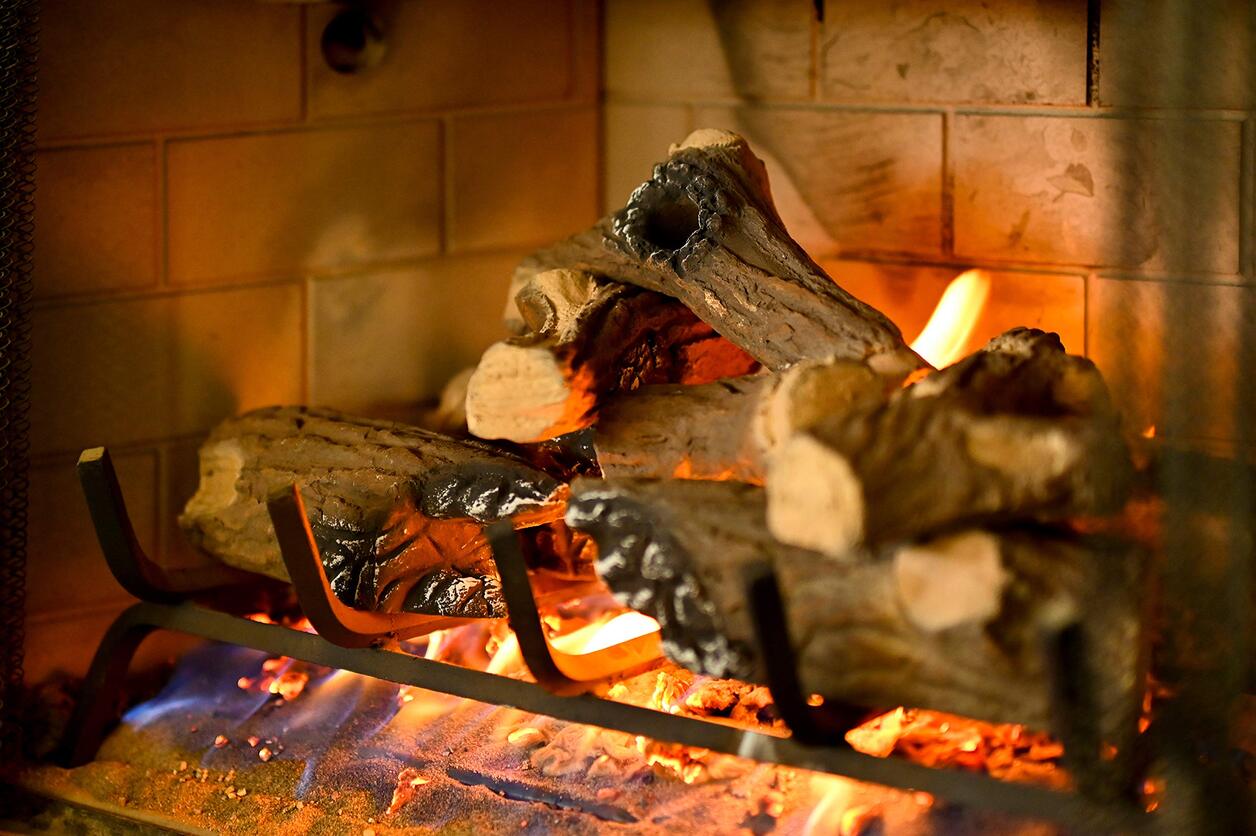
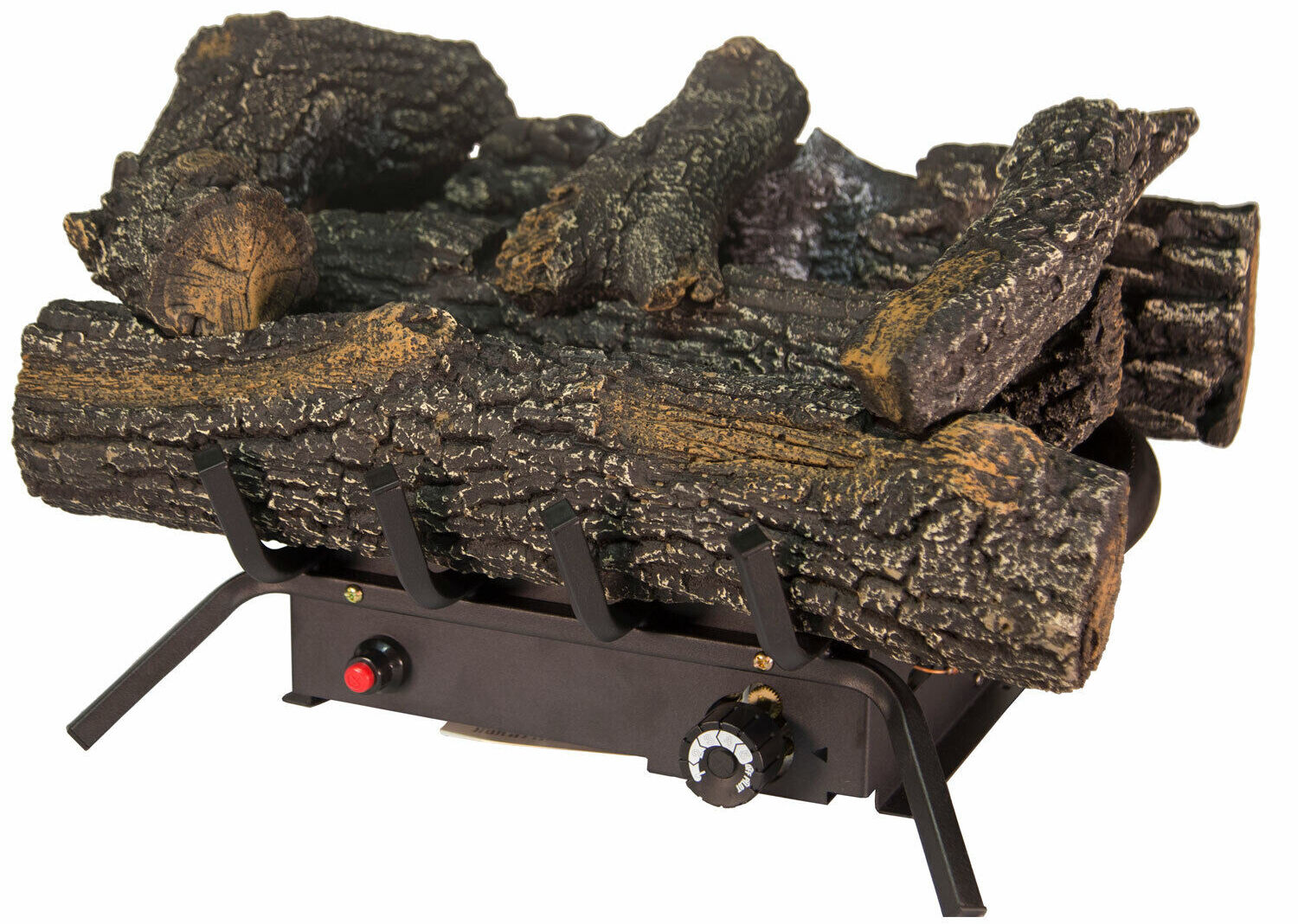
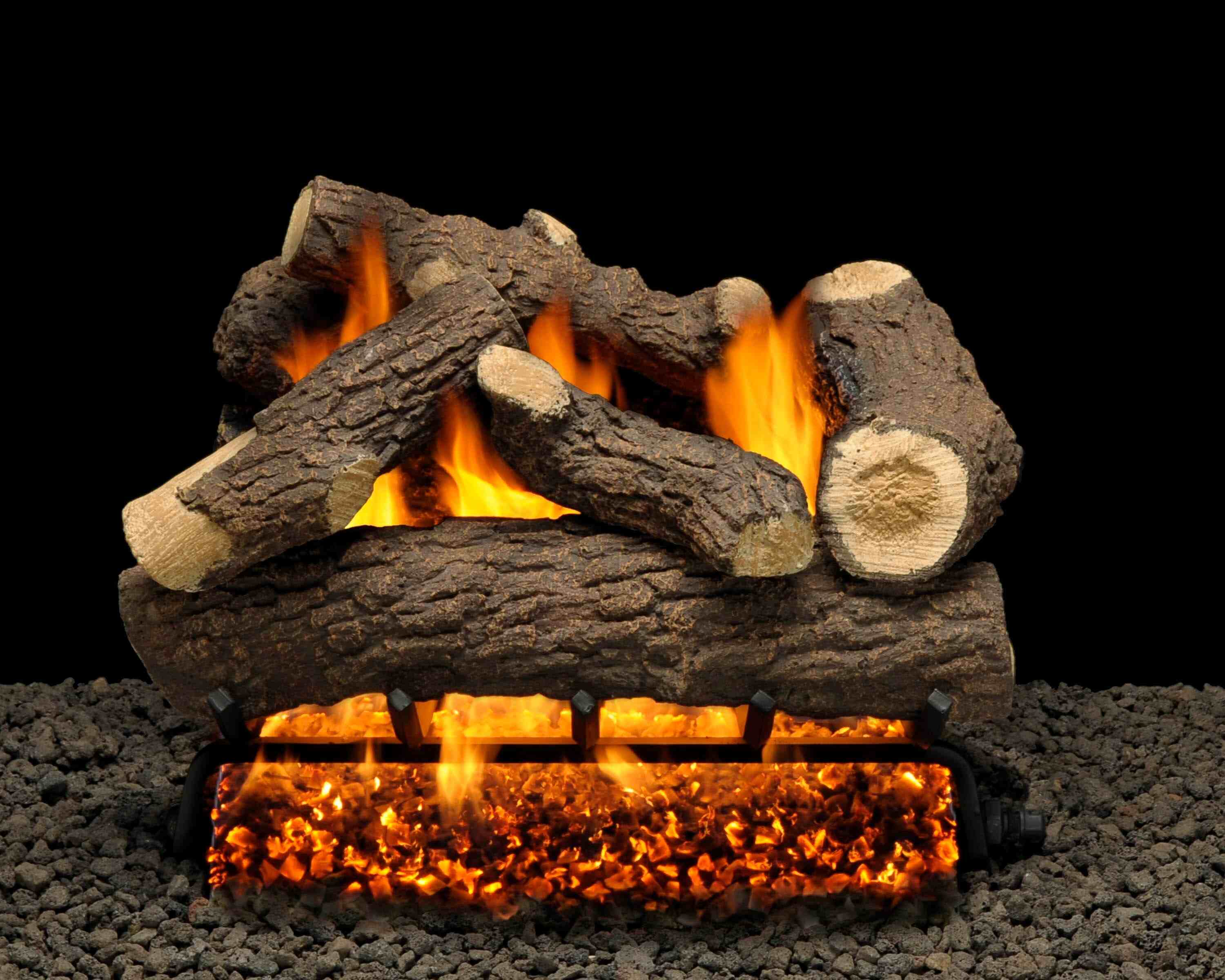



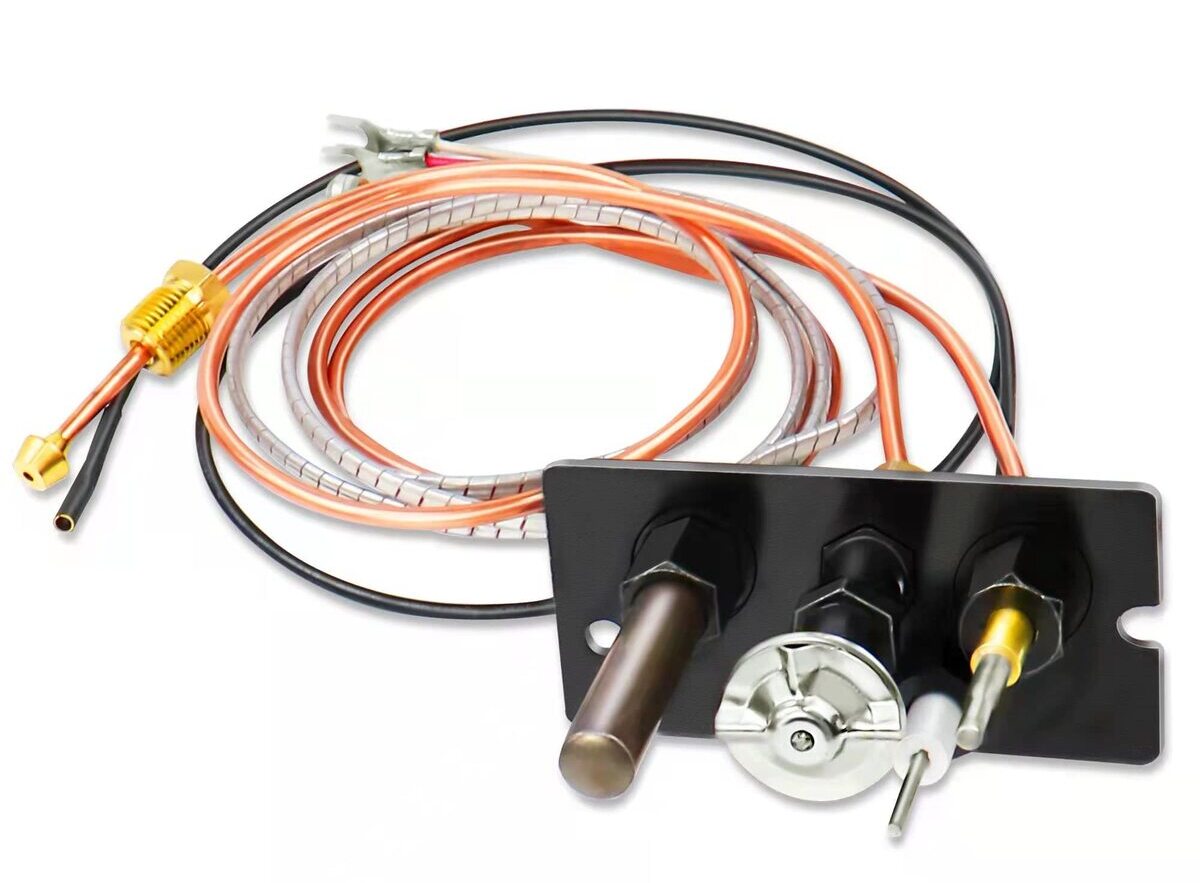
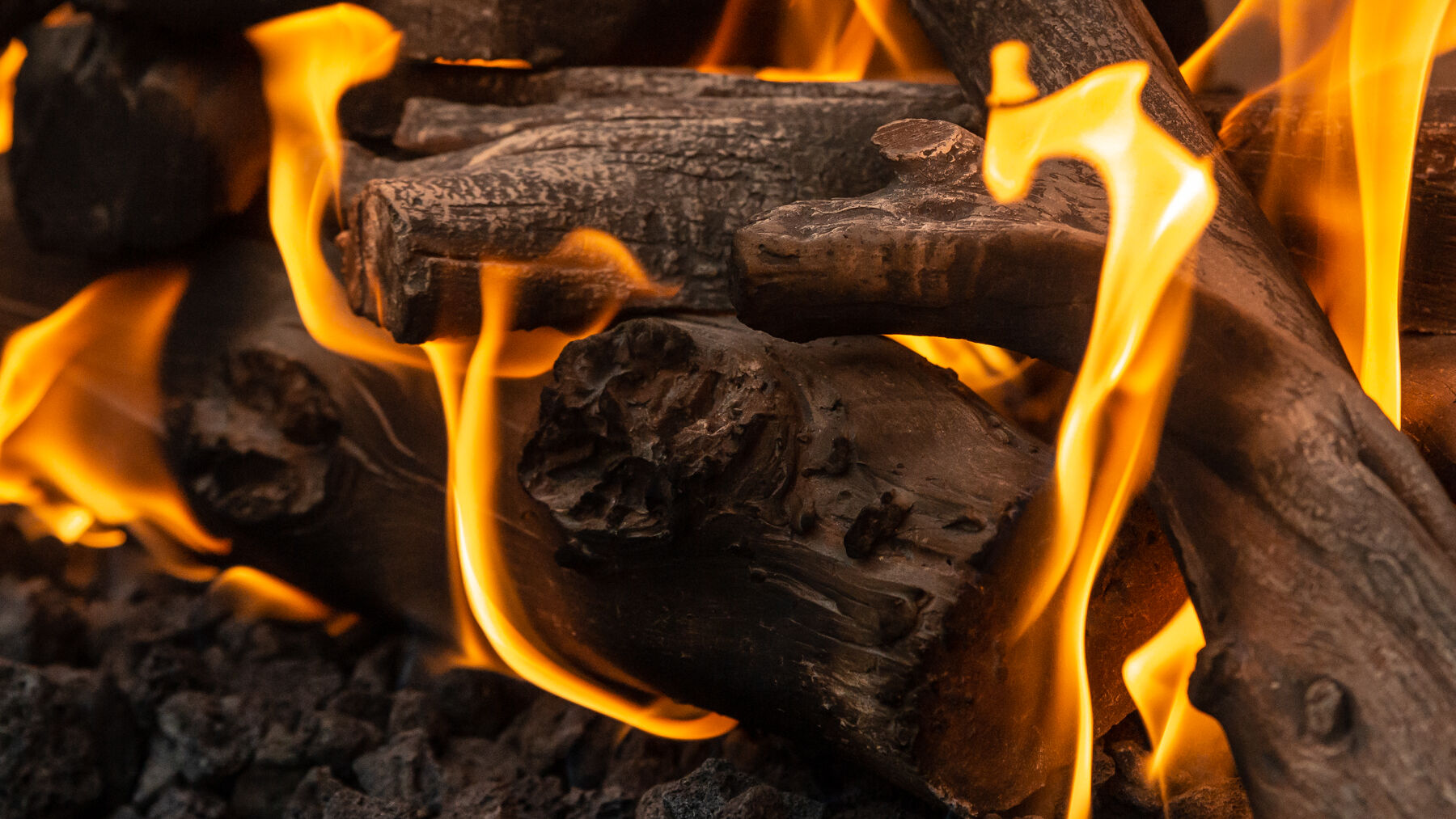

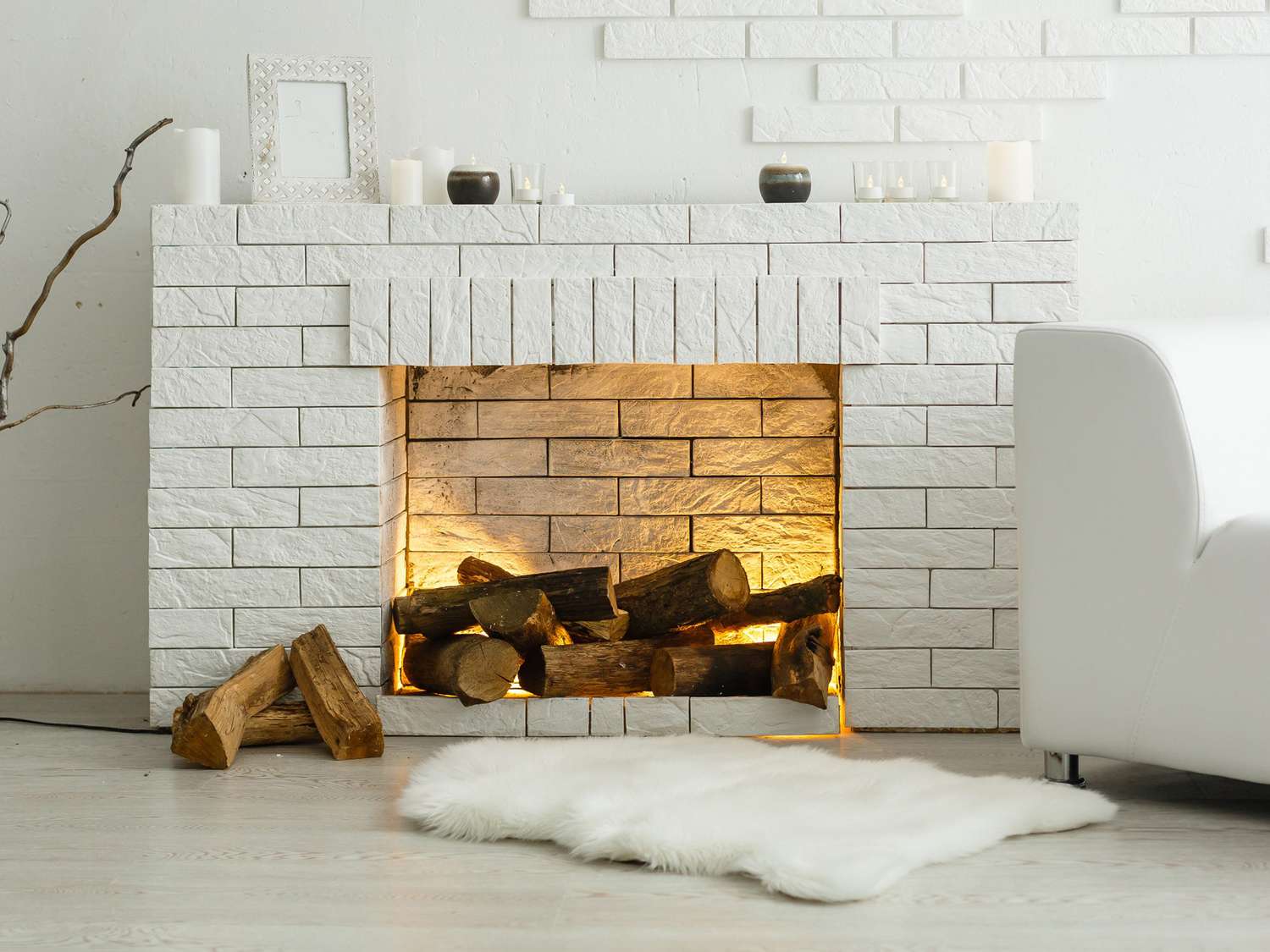
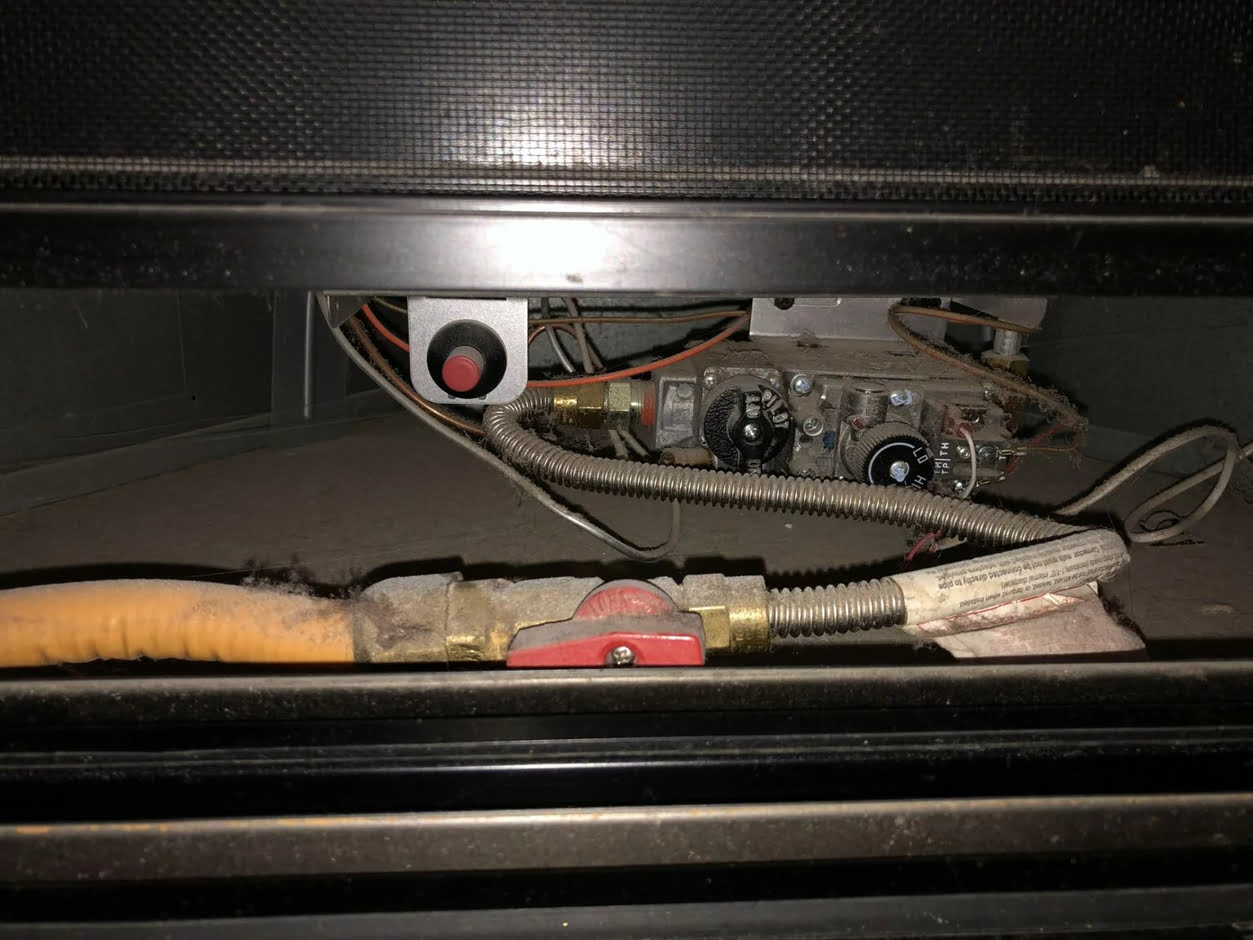

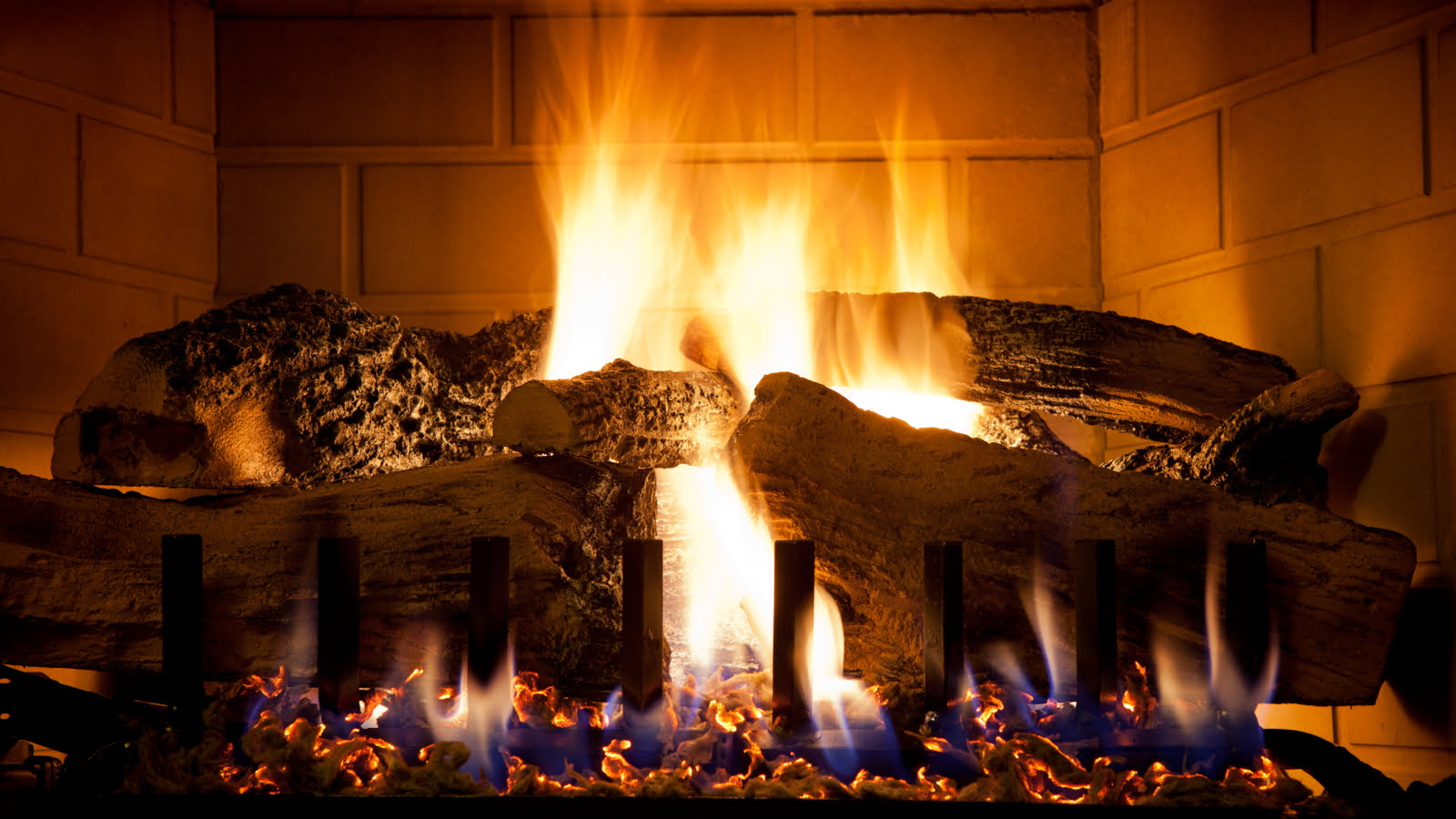

0 thoughts on “How To Clean The Gas Logs Of Your Fireplace”